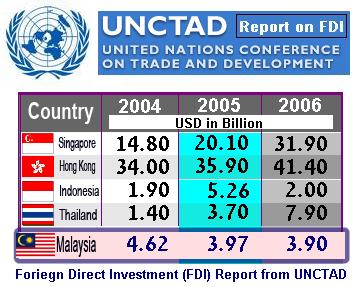Tam Yeng Siang copied his letter to New Straits Times, as follows:
I wish to refer to the letter by Ong Wai Leong, again on the issue of the Income Tax’s inability to repay taxpayers’ tax refunds promptly. So many letters have been published by you on the matter that this proves that something is seriously wrong with the delivery system of the IRB. In spite of the Director General’s recent TV interview, in which she promises such refunds to be made within three months, I would like to say that it’s an impossible dream, as long as the current procedures are not changed, and with it, the concept of Tax refunds at source. Allow me to elaborate.
*First the IRB is vigorously promoting e-filing which is a good thing. But in encouraging e-filing, has the IRB considered those who never use computers and ICT in their daily business?
*Second, in order for the IRB to effect refunds arising from dividends paid to individuals, the IRB requires the original dividend vouchers to be sent BY POST to Pandan Indah. These vouchers must be original, and must be verified individually by assessment officers, either against the E-forms, or the BE forms submitted manually together with the original vouchers. As long as the manual process of verification and authorisation is required, it is near impossible for the IRB to do this onerous task within a three month period, year in and year out.
*So, the way out of this mess is to re-think the issue of tax on individual dividends completely. Many years ago, the IRB made a very good decision to resolve the problem of taxpayers not declaring fixed deposit incomes in their yearly forms. They made the banks deduct a fixed rate of tax from the Interest incomes, and the banks then sent the taxes to the IRB directly. This decision had 2 positive effects. Moneys formerly hidden under pillows found their way to the banks, and the IRB found a relatively straightforward way of collecting tax from Interest income.
*For Dividend payments made to the individuals, the IRB can instruct the corporations to collect, say, just 5-10% of tax, remit the tax to the IRB, and refund the balance to the Individual taxpayer. The refunds can be easily made by the corporations at the same time the dividends are paid. Continue reading “IRB, It’s time to “think out of the box””












